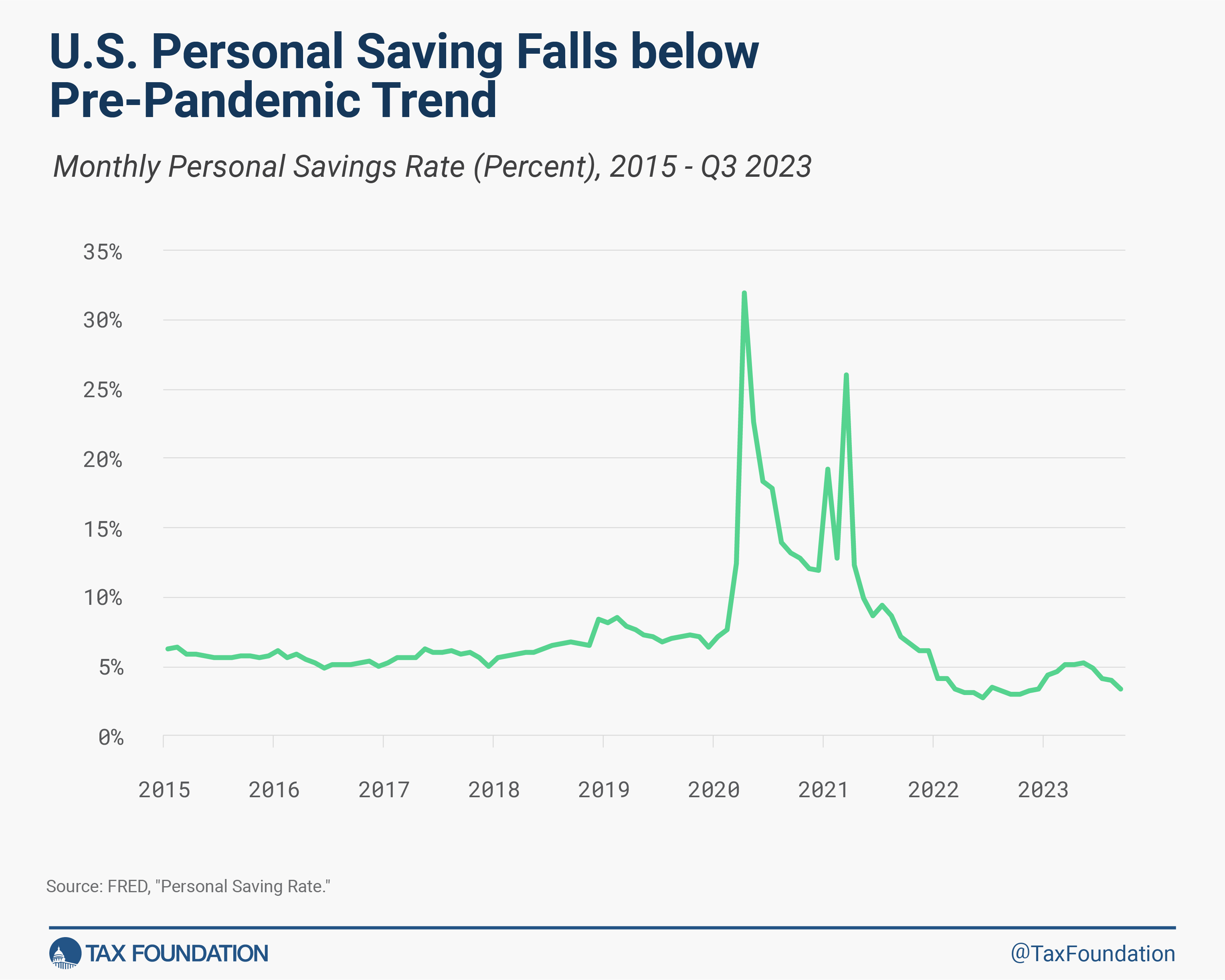Reflections on the United States Health Care System and the Right to Health
By Brianna da Silva Bhatia, Michele Heisler, and Christian De Vos
American health care too often fails to protect the right to health or promote health-related rights. Despite efforts to increase access to health care and to better incentivize high-quality, value-based care, the United States’ health care system remains fragmented, largely profit-based, and predominantly disease-focused rather than prevention-focused.
To design systems and policies that promote the right to health, a holistic and proactive approach is needed, one in which people, institutions, and corporations have a shared responsibility in promoting physical, mental, and social well-being. The Principles and Guidelines on Human Rights and Public Health Emergencies (the Principles), allow us to imagine a new future and help outline a path for how to get there. In this piece, we discuss how the Principles might be applied in a rights-based approach to address some of the core problems in the U.S. health care system.
The dire state of the U.S. health system
In considering how the Principles can contribute to a new vision for America’s health care system, we must face several harsh realities. First, while the U.S. has some of the world’s leading medical facilities and research institutions, and the ability to deliver the highest available quality of care, it ranks last among rich nations in providing equitable, accessible, affordable, and high-quality health care. America is the only wealthy nation to lack universal health coverage. Despite the important enactment in 2010 of the Patient Protection and Affordable Care Act (ACA), which increases access to care by expanding Medicaid eligibility and protecting insurance coverage of people with pre-existing health conditions and disabilities, more than 25 million people remain uninsured. This burden falls most heavily on individuals of color and low-income communities.
Another reality is that even for those who have health insurance, the high costs associated with health care in the U.S. impede the right to health and contribute to disparities. The U.S. spends far more than other developed nations on health care more than double the average of other wealthy countries- yet our life expectancy, child mortality, among other outcomes, lag well behind. Americans spend more on pharmaceuticals compared to peer nations, with generic and brand name drugs costing consumers 2.5 to 4 times more in the U.S. This high financial burden forces people to perform cost-saving measures at the expense of their health and wellbeing. Further, access to health care is only one of multiple equally important social determinants of health. These determinants, such as economic stability through universal services like unemployment benefits, paid parental leave, paid sick leave, or social support systems, like family-friendly policies and child care, remain mostly unavailable. Under-investment in social determinants of health are major drivers of inequitable health outcomes in the United States.
Finally, racism and other forms of discrimination in the U.S. health system continue to exacerbate poor health and disparities. Uninsured people in the U.S. are primarily Black, Latine, Indigenous, and low-income individuals. Non-citizens and undocumented people are more likely to be uninsured and face many barriers to assistance programs. When compared to white people, Black, Latine, American Indian, and Alaska Native communities have significantly worse health outcomes. The U.S. has criminalized addiction and other social problems, and created additional barriers for justice-involved individuals to meet basic needs.
COVID-19 and the U.S. health system
The COVID-19 pandemic had devastating effects on the United States, and brought these long standing health inequities and policy failures – from resource allocation to public health coordination – into the view of the general American public.
The U.S. experienced a high number of COVID-19-related deaths, more than 1.1 million. The health care system struggled to handle the surge of COVID-19 patients leading to shortages of critical supplies, and overcrowded emergency rooms and hospitals. The overwhelming amount of COVID-19 patients coupled with fear of the disease resulted in poor access to routine or prevenative care, less people seeking care, and delayed evaluation and treatment of other acute and chronic medical conditions. Health care worker burnout has only worsened after the extreme stresses of caring for COVID-19 patients and the resultant backlog of people seeking care. Many areas have also faced critical staff shortages, which impacted the delivery of safe care and safety net services. Ultimately, COVID-19 caused an unprecedented loss in U.S. life expectancy, including a rise in “deaths of despair.” By the end of 2022, nearly 1.7 million more Americans died than what would have been expected, representing the highest excess mortality rate among peer wealthy nations.
Throughout the pandemic, Black, Latine, people of other minority racial or ethnic backgrounds, people with disabilities, and other socially vulnerable people, were disproportionately impacted by COVID-19 with higher rates of infection, higher risk of hospitalization and death, and lower use of outpatient medications important for prevention of severe disease. Further, health insurance coverage varies substantially between racial and ethnic groups in the United States, with low-income people of minority groups having lower odds of being insured. Unsurprisingly, a lack of health insurance coverage during the pandemic was associated with more deaths; while excess mortality rates varied widely between states, they strongly correlated with uninsurance.
The ACA and temporary pandemic-era policies such as the Families First Coronavirus Response Act of 2020, which allowed continuous Medicaid enrollment during the public health emergency (PHE), has helped to reduce racial and ethnic disparities in health care coverage – and proved to be important during COVID-19 to increase health care access. Unfortunately, the unprecedented low rate of uninsurance in 2022, has proved temporary. At the end of the PHE, states began Medicaid disenrollment, and more than 7 million people have already lost health insurance this year.
In short, the pandemic underscored the need for a rights-based approach to health in the U.S., the need for health care system reform, and greater preparedness for future public health crises.
Applying the Principles in the U.S. health care context
There are many fruitful applications of the Principles to the U.S. health care system, but the most aspirational includes utilizing principles 9 (strengthen and develop sustainable health systems), 10 (measures to prioritize and mobilize resources for public health emergency prevention and preparedness), 11 (ensure access to health goods, facilities, services and technologies), and 12 (refrain from retrogressive measures), as a blueprint for a minimum standard of health and financial reform. Adaptation to the health care sector could include:
- access to health care without discrimination or exclusion regardless of income, ability to pay, employment, location, medical history, criminal history, or citizenship;
- inability to take away or lose access to health care;
- equality and equity in health care availability and services.
Universal health coverage is the best way to fulfill these principles, work to eliminate disparities, increase the health of the population, and cement a minimum standard of health.
The ability to apply and use the Principles more broadly also requires attention to principle 13 (legal and policy preparedness for public health emergencies). The U.S. must enshrine in laws and policies specific shared human rights duties and enforcement mechanisms for any individual, corporation, or institution, private or public, whose decisions or business-dealings impact: 1) access to or the delivery of health care; or 2) and the creation and distribution of health-related goods. This should include specific obligations for: fair access to goods, technologies, and services; strengthening and developing health systems; and refraining from regressive measures or causing harm to the fulfillment of other human rights. If the U.S. already had such policies in place during the pandemic, the scale of suffering would likely have been far less. For example, investing in public vaccines, therapeutics, and technologies that were not limited in speed or availability due to cost and intellectual property, may have saved lives.
Prioritizing well-being
The pandemic revealed significant weaknesses in the U.S. health system, from resource allocation and public health coordination to health care access and infrastructure. It demonstrated why health care system reform is essential for preparedness, response and recovery from any health crisis. The U.S. urgently needs a rights-based approach to health. The Principles help draw a line in the sand between how the U.S. functions currently and what health care could look like if people were prioritized over profit, if transparency and accountability were strengthened, and if fundamental human rights were upheld through the enforcement of minimum essential standards for well-being.
Brianna da Silva Bhatia, MD, MPH is the SARS-CoV-2 (COVID-19) health strategist at Physicians for Human Rights.
Michele Heisler, MD, MPA is the medical director at Physicians for Human Rights and a professor of internal medicine and of public health at the University of Michigan
Christian De Vos, JD, PhD is the director of research and investigations at Physicians for Human Rights.






